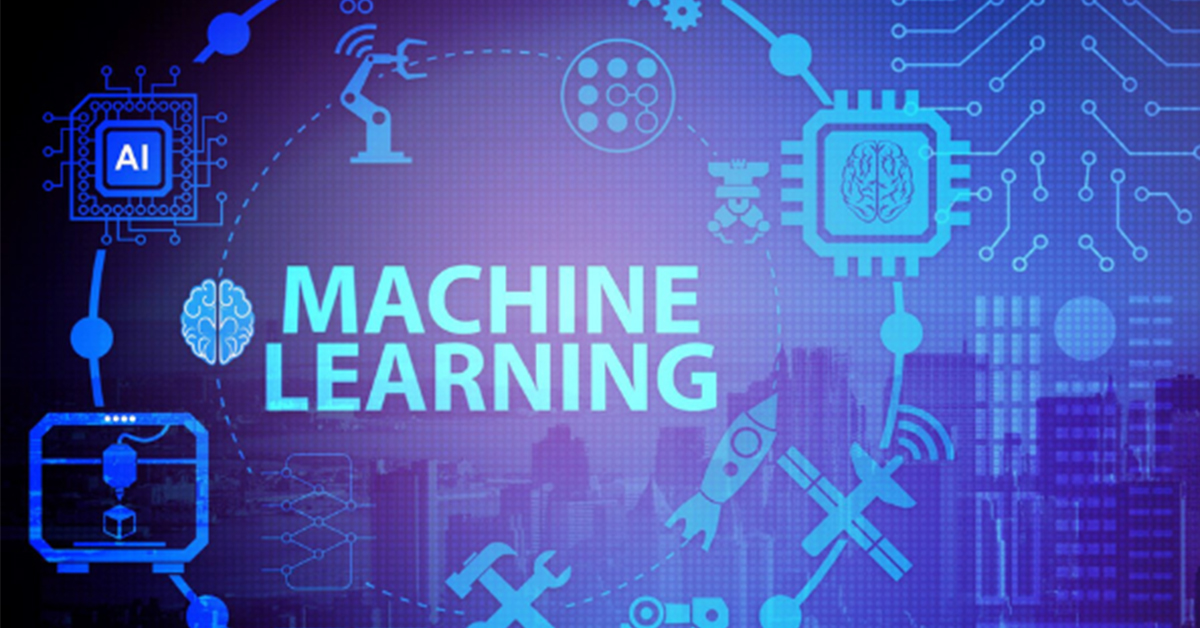Log In

About Course
Lesson 1: Introduction to Machine Learning
- Definition and significance of ML
- Machine learning vs. traditional programming
Lesson 2: Data Preprocessing
- Data Cleaning
- Handling missing data
- Outlier detection and treatment
Lesson 3:Types of Machine Learning
- Supervised Learning
- Unsupervised Learning
- Semi-Supervised Learning
- Reinforcement Learning
Lesson 4: Supervised Learning
- Linear Regression
- Simple and multiple linear regression
- Model evaluation and interpretation
- Logistic regression
- Decision trees
- Random forests
- k-Nearest Neighbors (KNN)
- Support Vector Machines (SVM)
Lesson 5: Unsupervised Learning
- Clustering
- K-Means clustering
- Hierarchical clustering
- Dimensionality Reduction
Lesson 6: Evaluation and Model Selection
- Performance Metrics
- Accuracy, precision, recall, and F1-score
- ROC and AUC
- Overfitting and Underfitting
Lesson 7: Course Review and Conclusion
- Summarize key concepts and skills learned
- Discuss the importance of continuous learning in the field.
Course Content
What is Machine Learning?
-
Understanding Machine Learning – Unlocking the Power of Data
00:00 -
Data Preprocessing
00:00 -
Types of Machine Learning
00:00 -
Supervised Learning Algorithms
01:43 -
Unsupervised Learning Algorithms
02:00 -
Performance Metrics in Machine Learning
05:06
Quiz
Student Ratings & Reviews

No Review Yet


